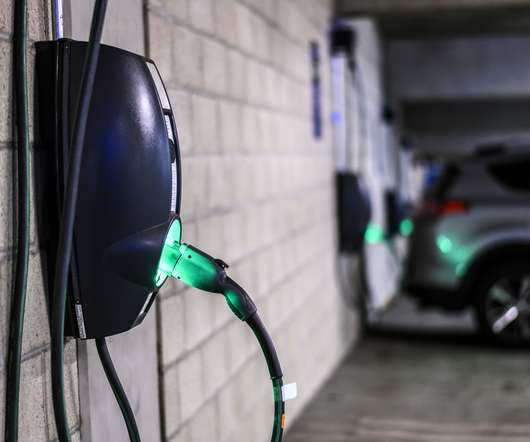Prototype electric New Flyer transit bus powered by 120 kWh MHI MLiX Li-ion pack in operational testing in Manitoba, Canada
Green Car Congress
JUNE 8, 2012
The 40-foot “E-Bus” is based on New Flyer’s 40-foot Xcelsior heavy-duty transit bus and is powered by a 120 kWh lithium-ion rechargeable battery pack developed by MHI. 2012) Development of Large High-performance Lithium-ion Batteries for Power Storage and Industrial Use. Daisuke Mukai et al.












Let's personalize your content